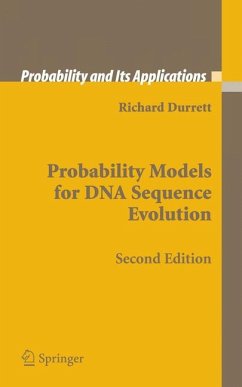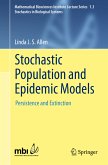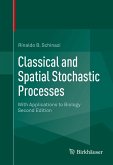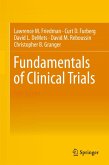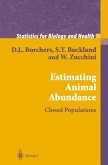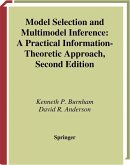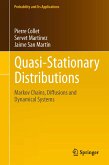Dieser Download kann aus rechtlichen Gründen nur mit Rechnungsadresse in A, B, BG, CY, CZ, D, DK, EW, E, FIN, F, GR, HR, H, IRL, I, LT, L, LR, M, NL, PL, P, R, S, SLO, SK ausgeliefert werden.
"This book serves as an introduction to, and a compilation of, results in the new and growing field of probability theory for DNA evolution. The author is a probabilist, but he has made an effort to appeal to biologists and mathematicians alike. Biologists will find in this book those methods used for studying DNA variability that go beyond straightforward applications of statistics and require genuine mathematical insight into the underlying mechanisms. The example data are real and the driving motivation is to understand these truthfully. Mathematicians will find in this book not an attempt to develop some abstract theory, but rather a kaleidoscopic collection of ideas and methods invented to attack a common problem. The emphasis is on catching the main ideas in down-to-earth calculations; continuum models and more sophisticated methods from analysis are avoided. The book starts with the Wright-Fisher model for neutral selection in a constant population, and then builds and varies on this in Chapters 1--3 by adding the effects of mutation, recombination, selection, nonconstant population sizes and spatial structure. Chapter 4 is devoted to statistical tests for detecting departures from the neutral model and Chapter 5 discusses the large-scale structure of the DNA such as the size and number of chromosomes, inversions, translocations and duplications. This book will serve as a useful guide to this new and exciting field and an inspiration even for the more experienced readers."
-- Mathematical Reviews
"With numerous interspersed example datasets from the primary literature, this book offers a brief introduction to models of both long-term and short-term DNA sequence evolution, with emphasis on the latter...Diverse audiences will find much of the value in this concise book. The author's rigor and ability to embed material in a broader mathematical context will appeal to quantitative readers with little background in biology...The book's strength is in its mathematical content, which revives almost-forgotten theorems, includes new proofs, and is thorough but not overwhelmingly detailed or overburdened with notation."
-- Journal of the American Statistical Association, June 2004

